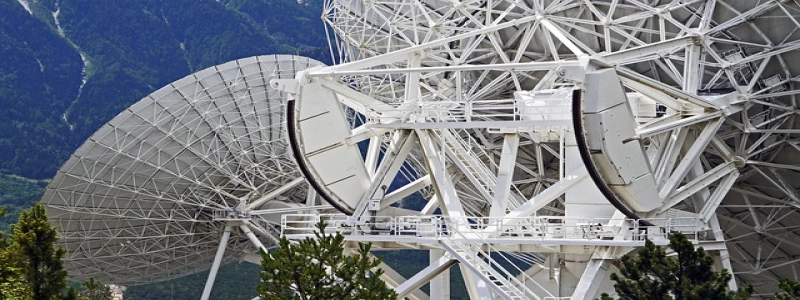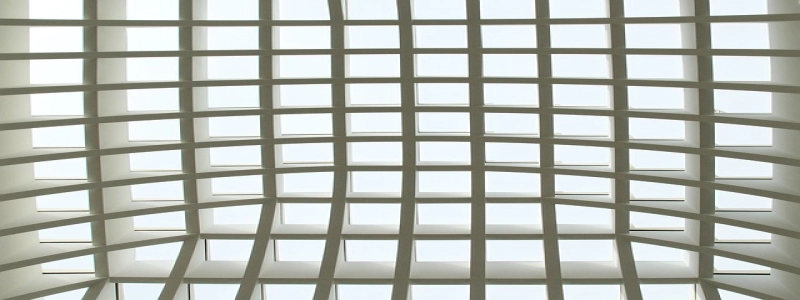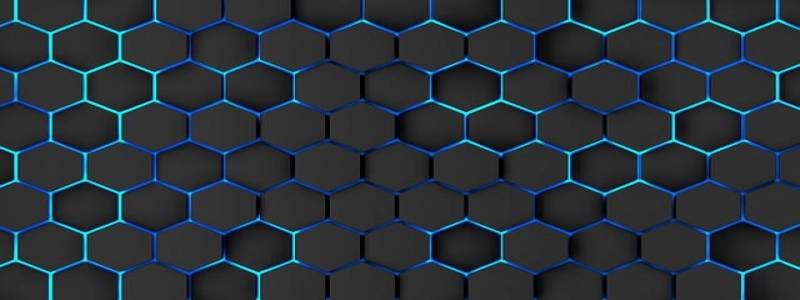Fiber Optic Patch Cable Connector Types
Introduction:
In the world of fiber optic communication, patch cables play a crucial role in connecting different devices and components. These cables enable the transmission of data through long distances at high speeds. However, the effectiveness of these patch cables heavily relies on the type of connector used. In this article, we will explore the different fiber optic patch cable connector types and understand their unique features and applications.
I. SC Connector:
The SC (Subscriber Connector) connector is one of the most widely used fiber optic connectors. It features a push-pull mechanism, making it easy to insert and remove from devices. The SC connector is known for its excellent performance in single-mode applications and is commonly used in telecommunications and data communications.
II. LC Connector:
The LC (Lucent Connector) connector is another popular choice for fiber optic patch cables. It is a small form-factor connector that provides high-density connections. The LC connector is ideal for applications where space is limited, such as data centers and telecommunication rooms. Its precision ceramic ferrule ensures low insertion and return loss, resulting in reliable and efficient data transmission.
III. ST Connector:
The ST (Straight Tip) connector has been widely used in the past, but its popularity has decreased with the emergence of smaller connectors like SC and LC. However, it still finds its application in some environments. The ST connector features a bayonet-style coupling and a long cylindrical ferrule. It is commonly used in local area networks (LANs) and is compatible with both single-mode and multimode fibers.
IV. MTRJ Connector:
The MTRJ (Mechanical Transfer Registered Jack) connector combines fiber optic and electrical connections into a single small form-factor design. It is often referred to as the miniature duplex connector. The MTRJ connector is ideal for high-density applications where multi-fiber connections are required, such as fiber optic switches and routers.
V. FC Connector:
The FC (Ferrule Connector) connector is commonly used in laboratory and test environments. It features a threaded nut and a metal housing, providing a secure connection. The FC connector is known for its durability and precise alignment, making it suitable for single-mode applications that require high levels of accuracy.
Conclusion:
Choosing the right fiber optic patch cable connector type is crucial for ensuring reliable data transmission in various applications. The SC, LC, ST, MTRJ, and FC connectors discussed in this article cover a wide range of requirements, including space limitations, high-density connections, and precise alignments. By understanding their unique features and applications, one can make an informed decision and deploy the appropriate connector for their specific needs.







